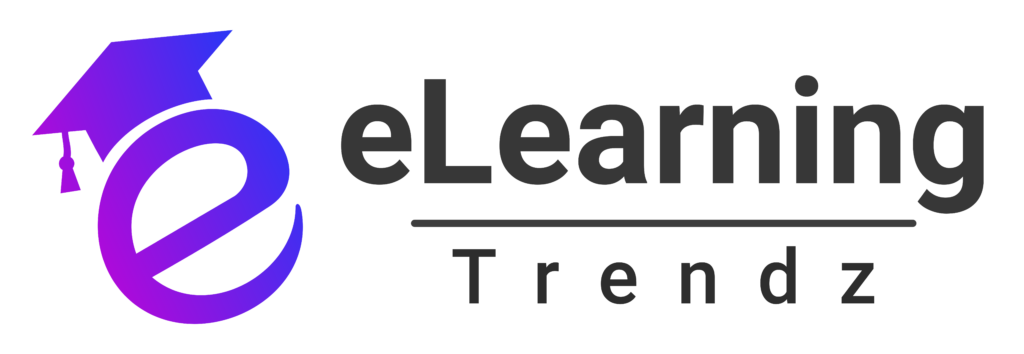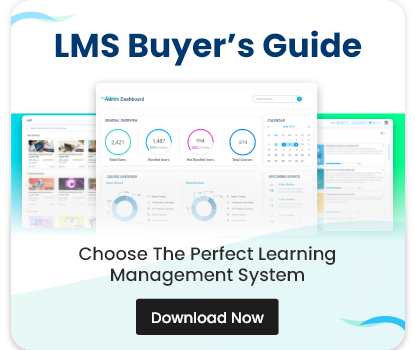In today’s rapidly evolving learning landscape, organizations are faced with numerous options when it comes to managing their learning and development programs. One such solution is an on-premise LMS, a platform hosted and managed within the organization’s infrastructure. But is this the right choice for your organization? In this blog post, we’ll explore the pros and cons of an on-premise learning management system, its suitability for different organizations, and key factors to consider before making a decision.
What is an On-Premise LMS?
An on-premise LMS is a software solution that is hosted on the organization’s own servers and managed internally. Unlike cloud-based LMS options, which are hosted off-site by third-party vendors, on-premise systems give businesses complete control over their data and infrastructure. This type of learning management system is often installed on the organization’s own hardware or within a private data center.
Advantages of On-Premise LMS
Organizations that choose an on-premise learning management system often do so because of several key advantages:
- Data Control and Security: One of the most significant benefits of an on-premise LMS is the level of control it offers over sensitive data. Organizations that deal with highly confidential information or are subject to strict regulatory requirements (e.g., healthcare, finance) often prefer on-premise solutions due to the higher level of security they can enforce.
- Customization and Flexibility: With an on-premise LMS, organizations have the ability to fully customize the system according to their specific needs. Whether it’s adapting the user interface, integrating with internal systems, or adding custom features, an on-premise solution provides unmatched flexibility compared to cloud-based systems.
- Reliability and Performance: When managed in-house, on-premise LMSs can be optimized for the organization’s specific network infrastructure, ensuring reliable performance. Additionally, businesses can avoid potential outages that might affect cloud-hosted systems, which depend on internet connectivity and external servers.
Disadvantages of On-Premise LMS
While an on-premise LMS offers many benefits, there are also some downsides to consider:
- High Initial Costs: The implementation of an on-premise LMS typically requires significant upfront investment in hardware, software, and IT resources. These costs can be a barrier for smaller organizations or those with limited budgets.
- Maintenance and Updates: Maintaining an on-premise system requires ongoing technical support, updates, and patches. Organizations need a dedicated IT team to ensure the system remains secure, efficient, and up-to-date, which can add to long-term operational costs.
- Limited Scalability: Scaling an on-premise LMS can be a challenge. As the organization grows, additional resources, including server space and IT staff, may be required to keep the system running efficiently.
When Should Your Organization Consider an On-Premise LMS?
While the on-premise learning management system is an excellent choice for some organizations, it’s not suitable for every business. Below are some factors to consider when determining whether an on-premise LMS is the right solution for your organization:
1. Security and Compliance Requirements
If your organization operates in an industry with strict security and compliance requirements, such as healthcare, finance, or government, an on-premise LMS may be the best choice. On-premise systems allow organizations to control who has access to their data, how it’s stored, and how it’s protected, making them ideal for industries that handle sensitive information.
2. Customization Needs
Organizations that require highly specific features or custom integrations with other systems may benefit from an on-premise LMS. With full control over the system, businesses can develop and deploy customizations that are tailored to their internal processes, ensuring the system meets all unique requirements.
3. Budget and Resources
On-premise systems can be expensive, both in terms of initial setup costs and ongoing maintenance. Organizations with a strong IT team and the resources to manage their own infrastructure may find this investment worthwhile. However, for organizations with limited budgets or those that lack the necessary technical expertise, a cloud-based LMS may be a more cost-effective solution.
4. IT Capacity
An on-premise LMS requires ongoing management and support from an internal IT team. If your organization lacks the necessary IT resources or the ability to maintain the infrastructure, managing an on-premise system could become a challenge. In this case, a cloud-based LMS might be a better fit.
On-Premise LMS vs. Cloud-Based LMS: Which One Is Right for You?
The decision between an on-premise LMS and a cloud-based LMS ultimately depends on the unique needs of your organization. Both options have their advantages and drawbacks, and it’s essential to consider the following:
- Cost: Cloud-based LMS solutions are typically more affordable to implement initially, while on-premise LMS solutions require a significant upfront investment.
- Scalability: Cloud-based systems are easier to scale as your organization grows, while on-premise systems may require additional infrastructure and resources.
- Control: On-premise solutions offer greater control over security and customization, while cloud-based LMSs often provide ease of use and convenience.
Conclusion
An on-premise LMS is a powerful solution for organizations that need control, security, and customization. However, it also comes with a higher cost and increased maintenance requirements. Before deciding whether an on-premise learning management system is right for your organization, consider your security needs, customization requirements, budget, and IT resources.
If your organization has the resources to manage and maintain an on-premise LMS, and if data security and customization are top priorities, then an on-premise solution could be an ideal choice. However, if you prefer a more cost-effective and scalable solution with less responsibility for maintenance, a cloud-based LMS might be a better fit. Ultimately, the right choice will depend on your organization’s unique needs and priorities.














